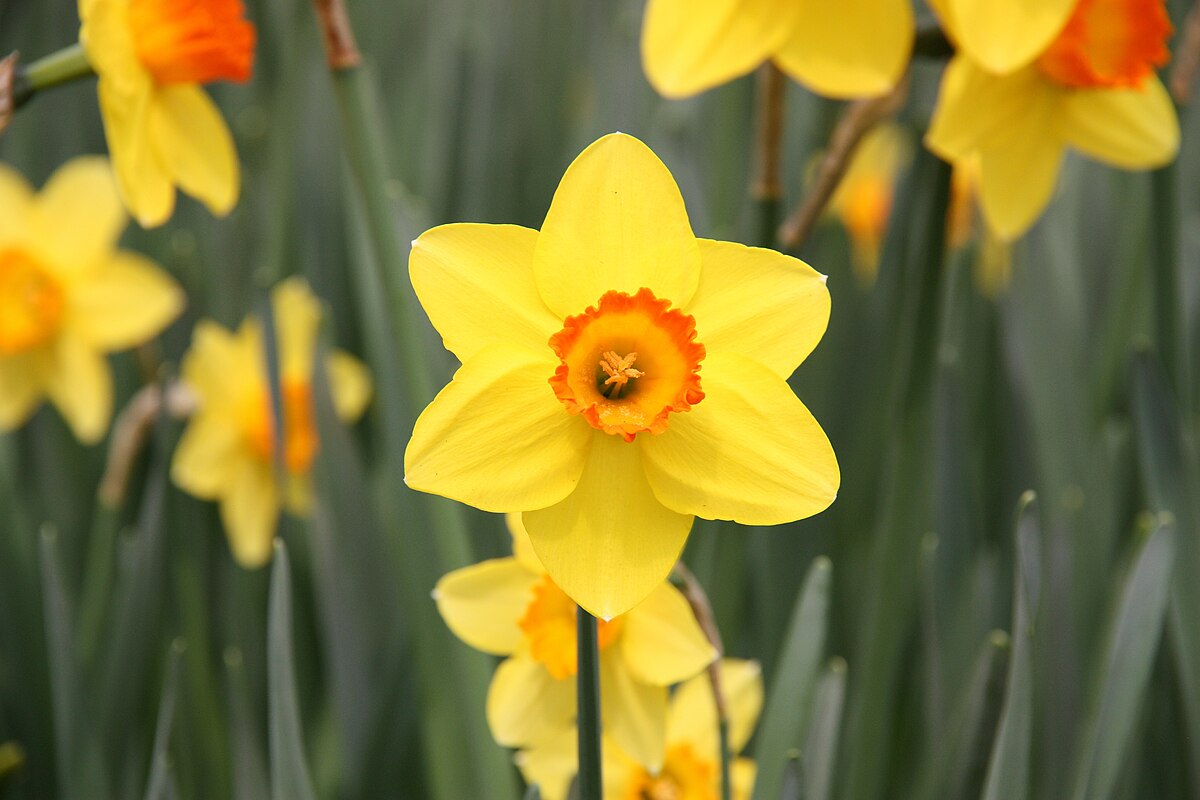Caring for spring bulbs after flowering

COLUMBIA, Mo. — Right after daffodils, tulips and hyacinths have spent their last flowers, many homeowners mow the plants down. That’s a bad idea if you want them to keep flowering year after year.
Spring-flowering bulbs need to photosynthesize and produce food in order for the bulbs to enlarge and set the stage for the following year. For that, leaves are needed.
“The plants are collecting the groceries for next year’s flower,” said David Trinklein, horticulture specialist for University of Missouri Extension, in a press release. “The longer we can encourage spring-flowering bulbs to photosynthesize, the better the flowering performance will be next year.”
Some homeowners don’t mow them down but tie them up into little columns.
“You might as well cut them off because only the outer leaves will get sun and the light will be at a very poor angle. Therefore, photosynthesis will be minimal, at best,” Trinklein said.
The foliage of spring-flowering bulbs eventually will turn yellow and die back naturally, he said. These are cool-season plants, so they’ll disappear from the landscape when summer heat arrives. That’s usually late in June, if not before. Once the foliage has died back, it can be removed and discarded without harming the bulb.
Rather than cutting them down or tying them up, give them some fertilizer. Trinklein said organic fertilizers are good choices for bulbs. They break down slowly and release their nutrients over time, so there is a reduced risk of “burning” plant roots from excessive fertilizer.
Additionally, most organic fertilizers are fairly low in nitrogen. “This is important since excessive amounts of nitrogen tend to promote bulb rot,” Trinklein said.
If you’d rather use an inorganic form of fertilizer, Trinklein recommends something like 5-10-5. It’s relatively low in nitrogen, very high in phosphorus and has a bit of potassium. Just sprinkle it lightly around the base of the plant, he said. Avoid getting any on the leaves because it can cause salt burns.
After the flowers fade, remove them. “We don’t want the plant putting any energy into making seeds. We want that energy put back into the bulb,” Trinklein said.
Also, don’t forget about water. Both during and after flowering, bulbs need plenty of moisture to make active growth. If rainfall is deficient, water plants as long as their foliage is alive.
Sometimes, after years of growing in the same spot, flower production might be reduced because the clump of bulbs has become too large. The bulbs actually start to compete with each other for sunlight, water and nutrients.
When this happens, you can rejuvenate the clump by dividing it. It’s important to wait until the fall to divide or relocate them, Trinklein said. In the spring, these plants are busy storing groceries for next year, so this is a bad time to shock the plant with dividing and replanting. Any time you move a plant, roots are destroyed and lost. In the spring, bulbs need all their roots to take up water and nutrients so the leaves can manufacture food for next year’s bloom.
Mark where the bulbs are so you can find them in the fall. If you must relocate them in the spring, do so with great care.
“Try to remove as much soil as you can around the clump of bulbs,” Trinklein said. “Dig a hole of equal size in the new location and very gently make the transfer.”
You might not have as many blooms next year, but at least they’ll be in a new location, Trinklein said.
Miss Clipping Out Stories to Save for Later?
Click the Purchase Story button below to order a print of this story. We will print it for you on matte photo paper to keep forever.

